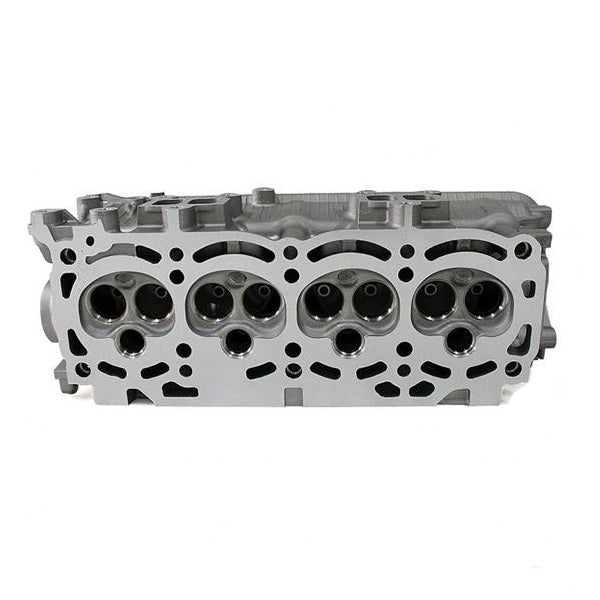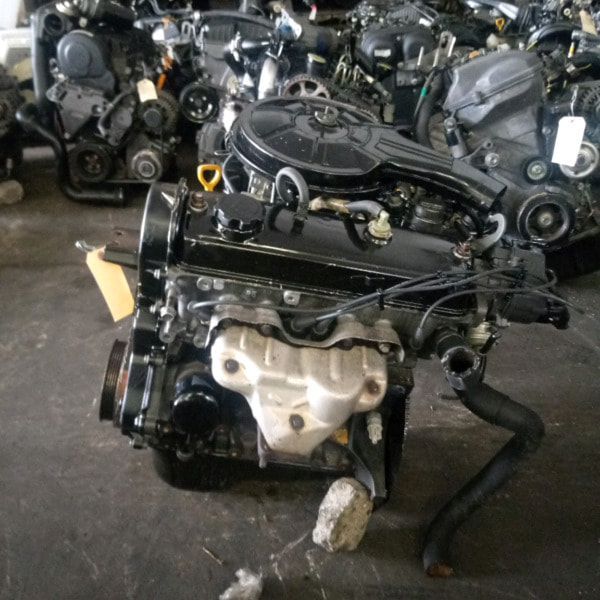Toyota Tazz: Exploring Its Legacy and Continued Appeal Among Drivers
Toyota Tazz: Exploring Its Legacy and Continued Appeal Among Drivers
Blog Article
Check Out the most up to date Fads in Engine Technology Through Tazz
In the quickly progressing landscape of vehicle technology, Tazz stands at the leading edge, highlighting considerable developments in engine systems that focus on both technology and sustainability. From crossbreed engines that optimize fuel performance to the introduction of hydrogen fuel cells, the fads forming modern powertrains are not just improving performance yet likewise dealing with crucial ecological difficulties.
Hybrid Engine Innovations
Crossbreed engine developments represent an essential shift in auto innovation, combining the advantages of internal burning engines with electric propulsion systems. This assimilation not only boosts fuel performance but additionally decreases exhausts, meeting significantly strict ecological policies. By making use of both energy resources, hybrid engines can optimize performance, supplying power when needed while preserving fuel during much less demanding driving problems.
Recent improvements in crossbreed innovation consist of improvements in battery effectiveness and regenerative stopping systems. These developments permit for greater energy recuperation during deceleration, which can be rerouted to aid in acceleration or power auxiliary systems. Suppliers are focusing on portable designs and lightweight materials to optimize the performance of crossbreed powertrains.
The development of plug-in hybrids has also expanded the market, allowing motorists to bill their automobiles making use of standard electrical outlets. This feature frequently permits considerable all-electric variety, additional reducing reliance on conventional fuels. tazz. As the automobile industry continues to develop, hybrid engine technologies are expected to play an important function in bridging the gap in between traditional lorries and completely electric models, providing a transitional solution that satisfies varied consumer requirements and choices
Advancements in Electric Powertrains
The vehicle landscape is quickly evolving, with electric powertrains emerging as a leading force in sustainable transportation. Advances in electrical lorry (EV) technology are significantly boosting performance, performance, and customer experience. Key technologies include improvements in battery chemistry, which have actually enhanced power density, reduced billing times, and prolonged overall battery life.
Solid-state batteries, as an example, promise to reinvent the market by giving greater safety and security and effectiveness contrasted to conventional lithium-ion cells. Advancements in regenerative stopping systems are making it possible for cars to recoup energy during slowdown, adding to overall effectiveness.
In addition to battery technology, electrical motor layouts are becoming a lot more innovative. Innovations such as integrated electric motors and progressed thermal management systems are helping to enhance power distribution and lower weight, ultimately improving automobile characteristics.

Jointly, these breakthroughs emphasize the dedication to shift towards cleaner, much more efficient transportation solutions, positioning electrical powertrains at the center of vehicle technology.
The Surge of Hydrogen Gas Cells
Progressively, hydrogen fuel cells are obtaining grip as a feasible option to conventional internal burning engines and battery electrical cars. This technology harnesses the chemical power kept in hydrogen, converting it right into electrical energy with an electrochemical reaction with oxygen. The key by-product of this process is water, making hydrogen gas cells an eco-friendly option with no emissions at the tailpipe.

Automakers are progressively spending in hydrogen gas cell technology, identifying its potential for long-range applications and rapid refueling abilities that rival traditional fuels. In addition, markets such as durable transport and public transit are especially appropriate for hydrogen gas cells, where battery electrical remedies might drop short as a result of weight and range limitations.
As research and investment continue to expand, hydrogen fuel cells are poised to play a significant role in the future landscape of clean transport and power remedies.
Enhancements in Internal Burning Engines
Innovations in inner burning engine (ICE) modern technology are transforming traditional lorries to satisfy modern ecological requirements and efficiency expectations. Straight gas injection, for circumstances, allows for far better atomization of fuel, leading to even more total combustion and improved power output.
In addition, turbocharging has obtained importance, allowing smaller sized engines to deliver greater performance without the weight of bigger engines - tazz. This technology not just boosts effectiveness but likewise contributes to reduce gas usage. Variable shutoff timing systems are likewise being improved, enabling engines to adjust to various driving conditions for boosted torque and responsiveness
Furthermore, using lightweight products in engine construction is ending up being standard, additional boosting fuel effectiveness by reducing general automobile weight. Engine control units (ECUs) are progressively innovative, enabling real-time modifications that maximize efficiency and emissions.
These enhancements jointly indicate a critical shift in ICE modern technology, aligning with global sustainability goals while still supplying the efficiency drivers anticipate from their automobiles. As the sector advances, these improvements continue to shape the future of standard vehicle design.
Future Fads in Engine Effectiveness
Considerable innovations in engine performance are anticipated as manufacturers focus on integrating advanced innovations to satisfy rigid ecological laws and customer needs. The change in the direction of electrification, crossbreed systems, and alternate fuels is reshaping the automobile landscape, driving developments that improve fuel economy and decrease emissions.
One of the key fads is the execution of innovative products and producing methods. Lightweight composites and high-strength alloys contribute to decreased vehicle weight, thus boosting total effectiveness. Additionally, the adoption of turbocharging and variable shutoff timing innovations enables for improved power result from smaller sized engines, even more enhancing gas economic situation.

Conclusion
To visit the site conclude, the exploration why not check here of engine modern technology reveals considerable advancements that focus on sustainability and performance. Developments in crossbreed engine systems, electric powertrains, and hydrogen fuel cells show a commitment to minimizing exhausts while enhancing efficiency. Renovations in internal combustion engines and an emphasis on light-weight materials contribute to general engine performance. As the automotive industry continues to progress, these fads will play an important duty fit a cleaner and more sustainable future for transportation.
From hybrid engines that optimize fuel efficiency to the development of hydrogen fuel cells, the patterns shaping contemporary powertrains are not only improving performance however likewise dealing with important ecological difficulties.Hybrid engine advancements represent a critical shift in automobile technology, combining the benefits of inner burning engines with electrical propulsion systems.Furthermore, turbocharging has acquired prominence, allowing smaller sized engines to supply greater performance without the weight of larger engines. In addition, the fostering of turbocharging and variable shutoff timing innovations allows for boosted power result from smaller engines, even more enhancing gas economic climate.
Enhancements in internal burning engines and an emphasis on lightweight products add to overall engine efficiency.
Report this page